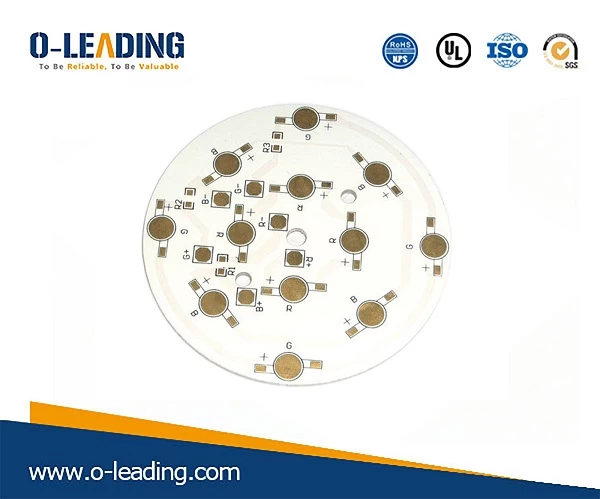Electromagnetic properties at PCB interconnection points in RF design
This article describes the various techniques for the three types of interconnect designs described above, including device mounting methods, isolation of wiring, and measures to reduce lead inductance. There are now signs that printed circuit board designs are getting more and more frequently. As data rates continue to increase, the bandwidth required for data transfer also drives the upper limit of the signal to 1 GHz or higher. Although this high-frequency signal technology far exceeds the millimeter wave technology range (30 GHz), it does involve RF and low-end microwave technology.RF & Microwave manufacturer china.

RF engineering methods must be able to handle the strong electromagnetic field effects typically produced at higher frequency bands. These electromagnetic fields can induce signals on adjacent signal lines or PCB lines, causing annoying crosstalk (interference and total noise) and can compromise system performance. Return loss is mainly caused by impedance mismatch, which has the same effect on the signal as additive noise and interference.
There are two negative effects of high return loss:
Reflecting the signal back into the signal source increases system noise, making it more difficult for the receiver to distinguish between noise and signal;
Any reflected signal will basically degrade the signal quality because the shape of the input signal changes.Optical Module manufacturer china.

Although the digital system only processes the 1 and 0 signals and has very good fault tolerance, the harmonics generated when the high speed pulse rises will cause the higher the frequency, the weaker the signal.
Although forward error correction techniques can eliminate some of the negative effects, part of the bandwidth of the system is used to transmit redundant data, resulting in reduced system performance.
A better solution is to let the RF effect help rather than detract from the integrity of the signal. It is recommended that the total return loss of the digital system at the highest frequency (usually a poor data point) is -25dB, which is equivalent to a VSWR of 1.1.
The goal of PCB design is to be smaller, faster, and less costly. For RF PCBs, high-speed signals sometimes limit the miniaturization of PCB designs.Back Plane manufacturer china.

The main method to solve the crosstalk problem is to perform ground plane management, spacing between wirings and reducing lead inductance.
The main method to reduce the return loss is to perform impedance matching. This method involves efficient management of the insulating material and isolation of the active signal and ground lines, especially between the signal lines where the state transitions and ground.
Since the interconnection point is the weakest link in the circuit chain, in the RF design, the electromagnetic properties at the interconnection point are the main problems faced by the engineering design. It is necessary to examine each interconnection point and solve the existing problems. The interconnection of the board system includes three types of interconnections, such as chip-to-board, interconnection within the PCB, and signal input/output between the PCB and external devices.
































